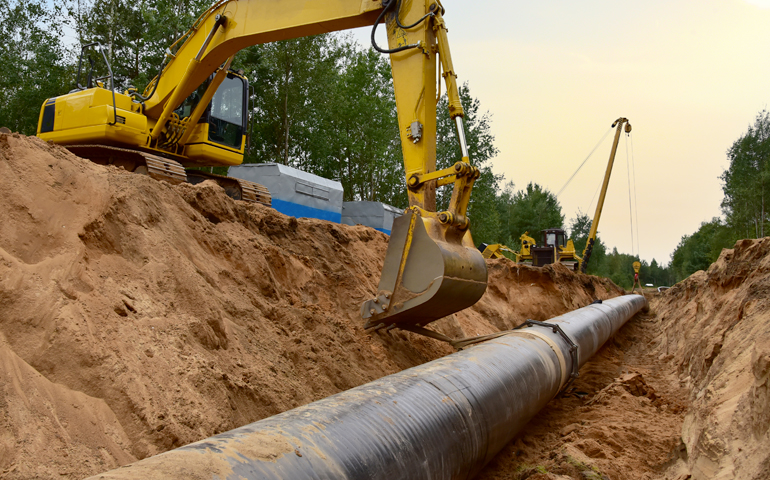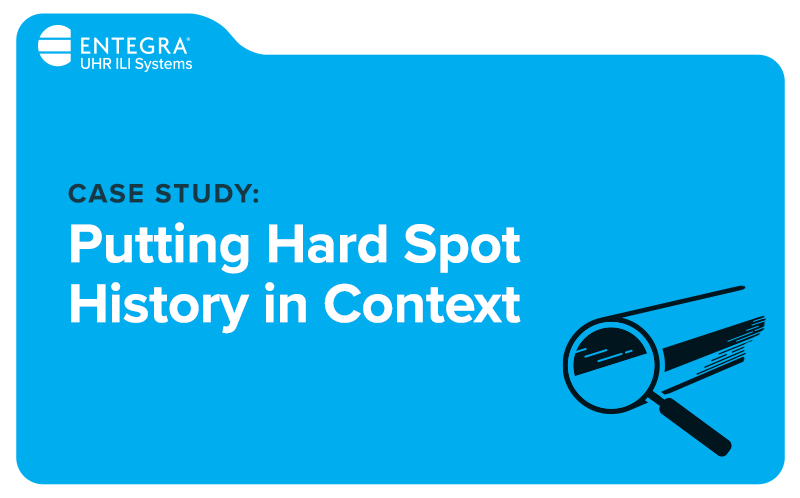
Hard Spot Detection and Classification: A More Accurate Approach
Differentiating hard spots in a pipeline from other variables is challenging enough. Add factors such as significant areas of metal loss, pipeline length, intricate bends/features, and variations in pipe thickness/diameter and you quickly see why it takes Ultra-High-Resolution technology and human experience-based analysis to make an accurate call. Hard spots, typically present on pipe manufactured …
Differentiating hard spots in a pipeline from other variables is challenging enough. Add factors such as significant areas of metal loss, pipeline length, intricate bends/features, and variations in pipe thickness/diameter and you quickly see why it takes Ultra-High-Resolution technology and human experience-based analysis to make an accurate call.
Hard spots, typically present on pipe manufactured before 1970, are created when localized quenching of the steel itself occurs during manufacturing. Hard spots can become brittle over time under a range of conditions and are susceptible to cracking, which can result in an unplanned release.
ENTEGRA’s Ultra-High-Resolution ILI solution, which includes next-level, human-based insight and decision making, can better detect, identify, and characterize such pipeline threats. Our API 1163 qualified UHR system outperforms other low field MFL in-line-inspection applications, accurately sizing and characterizing a wide range of metal loss and pipeline anomalies.
When compared to the impact and cost of a pipeline failure, the cost of an ILI run is insignificant. ENTEGRA’s tech – and team – help our partners to see more, know more, and do more — effectively, cost efficiently, and with a first-run success rate that exceeds 98%. We’re going beyond POD and POI to provide integrity analysis and pipe grade classification that increases throughput, reduces run costs, improves risk mitigation and delivers a proven ROI. That’s the ENTEGRA difference.




